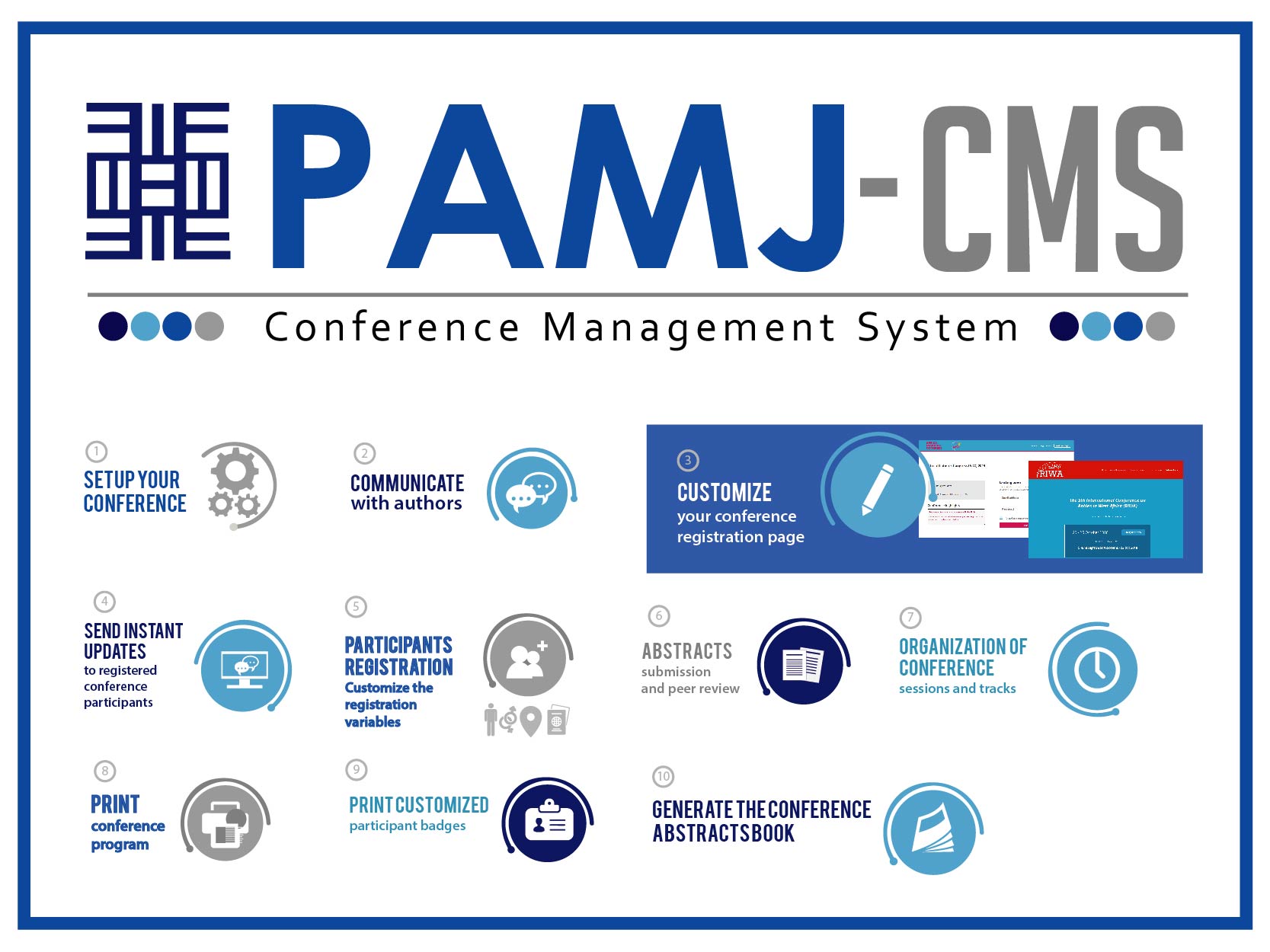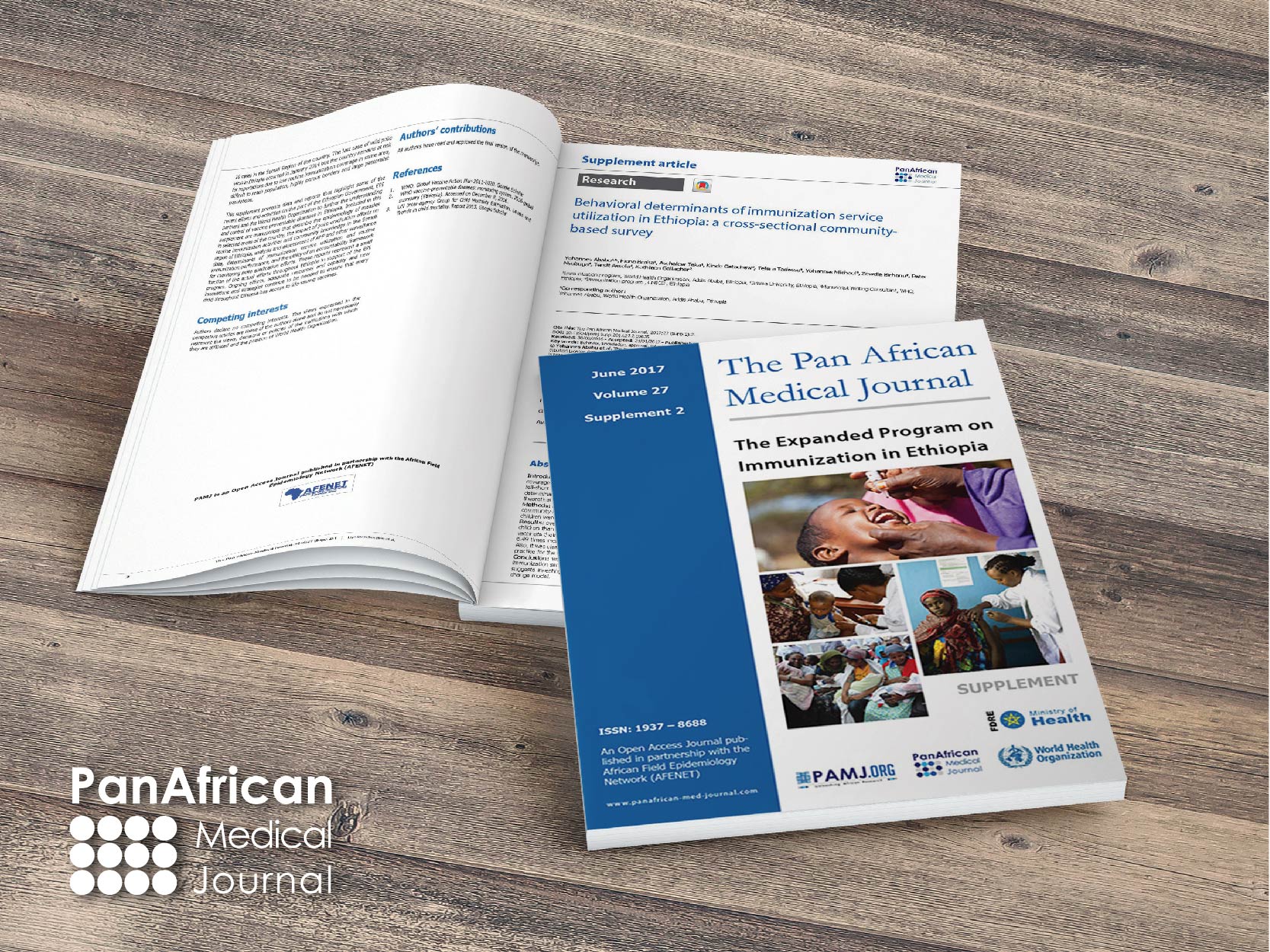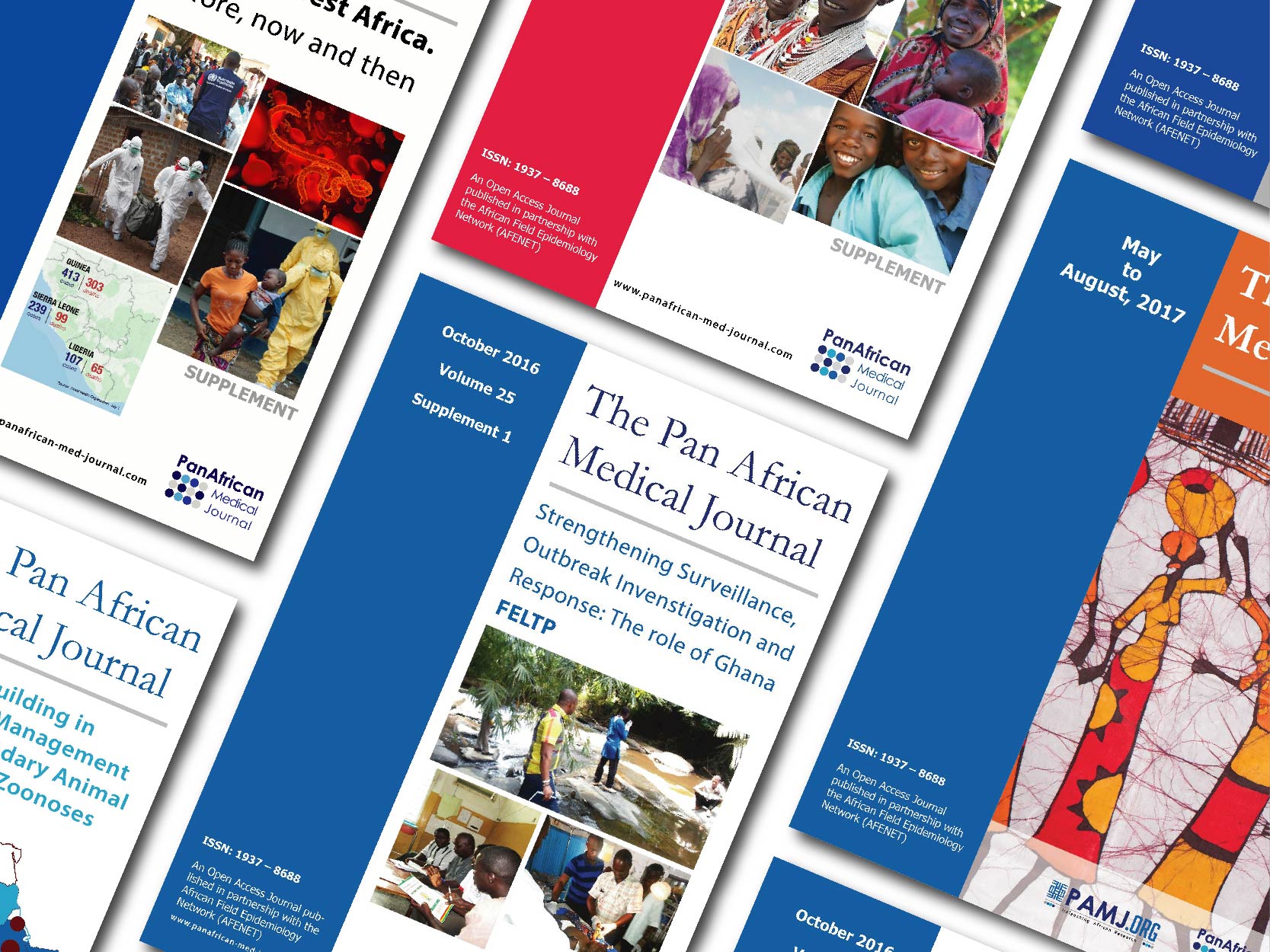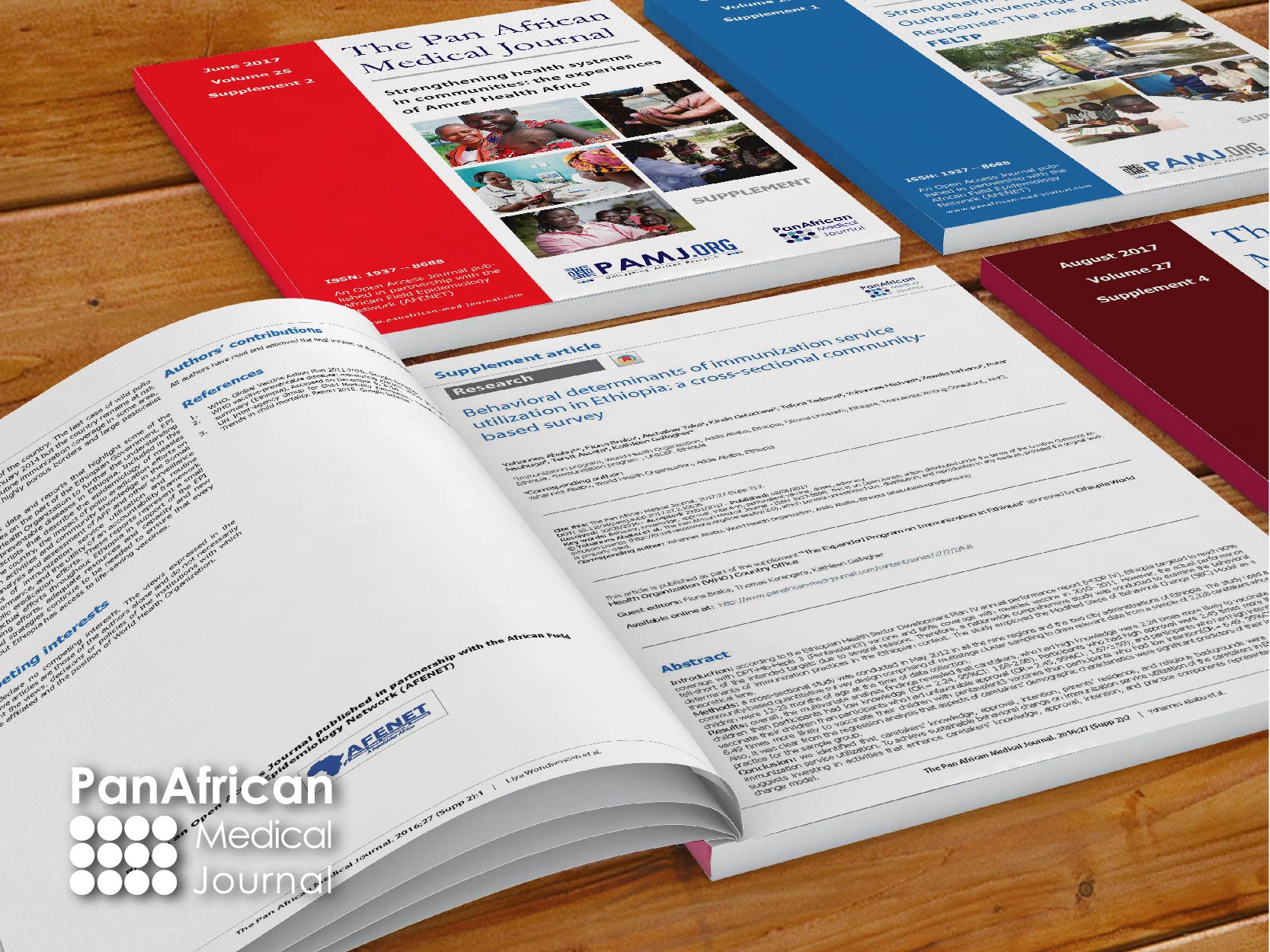Conference abstract
A rare case of a pituitary macroadenoma secreting both growth hormone and adrenocorticotropic hormone
Pan African Medical Journal - Conference Proceedings. 2024:22(93).25
Nov 2024.
doi: 10.11604/pamj-cp.2024.22.93.2560
Archived on: 25 Nov 2024
Contact the corresponding author
Keywords: Pituitary macroadenoma, adrenocorticotropic hormone
Poster
A rare case of a pituitary macroadenoma secreting both growth hormone and adrenocorticotropic hormone
Asma Ben Hamida1,&, Nadia Khessairi1, Elyes Kammoun1, Ibtissem Oueslati1, Mariem Yazidi1, Fatma Chaker1, Mélika Chihaoui1
1Service of Endocrinology, Hospital Rabta la Tunis, Tunis, Tunisia
&Corresponding author
Introduction: neurohormonal adenomas are rare forms of pituitary adenomas that secrete more than one hormone. They represent 10-15% of all functioning pituitary adenomas. One of the rarest combinations is growth hormone (GH) and adrenocorticotropin (ACTH) secretion with concomitant acro gigantism and Cushing’s disease. Herein, we report a case of a sixteen-year-old girl with neurohormonal pituitary macroadenoma consecrating GH and ACTH.
Case report: a 16-year-old girl was referred to our department for an etiological assessment of secondary amenorrhea. Physical examination showeda stature advance (size =1.77m (+3DS)), weight gain, acrofacial dysmorphic syndrome, purple-red stretch marks, and melanodermia. Biochemical investigations revealed hypersecretion of both GH after glucose tolerance test (GTT) (GH nadir =39mUI/l) and ACTH-dependent hypercortisolemia (cortisol after dexamethasone suppression =29.14 ug/dl). The other axes were normal: TSH=0.83 mUI/L, FT4=0.74 ng/dl, Prolactin =16ug/l. The pituitary magnetic resonance imaging revealed a 2 cm pituitary macroadenoma with a compressive effect on the optic chiasma. The ophthalmological examination was normal. She therefore underwent transsphenoidal surgery. Postoperative biochemical testing confirmed remission from Cushing disease (cortisol after dexamethasone suppression test =1.1 ug/dl) and acromegalia (GH nadir <1ug/l after GTT).
Conclusion: due to their dual hormonal secretions, mixed GH and ACTH-secreting pituitary adenomas pose significant diagnostic and therapeutic challenges. A multidisciplinary approach involving surgical, medical, and radiological strategies is crucial for effective management. Further research is needed to optimize treatment protocols and improve patient outcomes.
A rare case of a pituitary macroadenoma secreting both growth hormone and adrenocorticotropic hormone
Asma Ben Hamida1,&, Nadia Khessairi1, Elyes Kammoun1, Ibtissem Oueslati1, Mariem Yazidi1, Fatma Chaker1, Mélika Chihaoui1
1Service of Endocrinology, Hospital Rabta la Tunis, Tunis, Tunisia
&Corresponding author
Introduction: neurohormonal adenomas are rare forms of pituitary adenomas that secrete more than one hormone. They represent 10-15% of all functioning pituitary adenomas. One of the rarest combinations is growth hormone (GH) and adrenocorticotropin (ACTH) secretion with concomitant acro gigantism and Cushing’s disease. Herein, we report a case of a sixteen-year-old girl with neurohormonal pituitary macroadenoma consecrating GH and ACTH.
Case report: a 16-year-old girl was referred to our department for an etiological assessment of secondary amenorrhea. Physical examination showeda stature advance (size =1.77m (+3DS)), weight gain, acrofacial dysmorphic syndrome, purple-red stretch marks, and melanodermia. Biochemical investigations revealed hypersecretion of both GH after glucose tolerance test (GTT) (GH nadir =39mUI/l) and ACTH-dependent hypercortisolemia (cortisol after dexamethasone suppression =29.14 ug/dl). The other axes were normal: TSH=0.83 mUI/L, FT4=0.74 ng/dl, Prolactin =16ug/l. The pituitary magnetic resonance imaging revealed a 2 cm pituitary macroadenoma with a compressive effect on the optic chiasma. The ophthalmological examination was normal. She therefore underwent transsphenoidal surgery. Postoperative biochemical testing confirmed remission from Cushing disease (cortisol after dexamethasone suppression test =1.1 ug/dl) and acromegalia (GH nadir <1ug/l after GTT).
Conclusion: due to their dual hormonal secretions, mixed GH and ACTH-secreting pituitary adenomas pose significant diagnostic and therapeutic challenges. A multidisciplinary approach involving surgical, medical, and radiological strategies is crucial for effective management. Further research is needed to optimize treatment protocols and improve patient outcomes.








